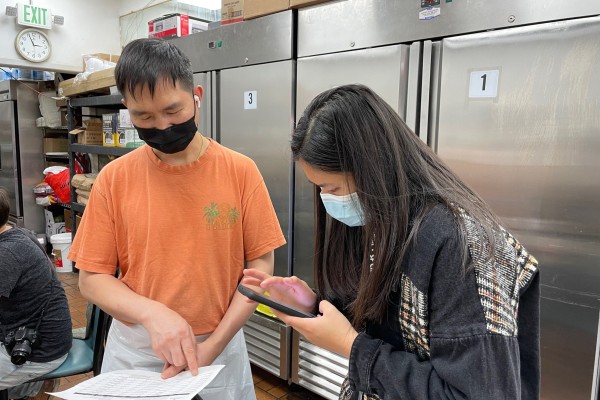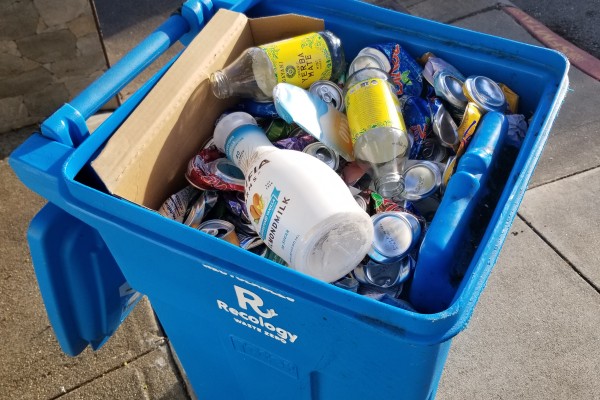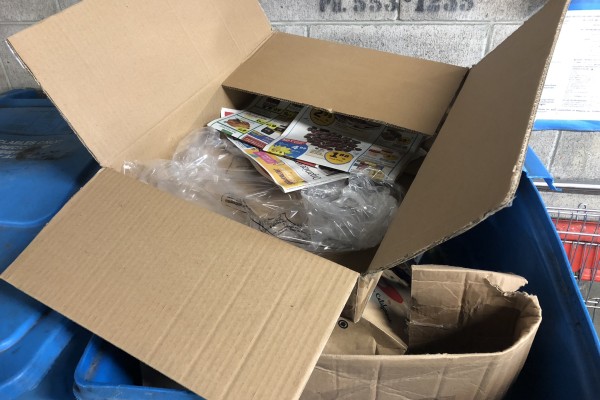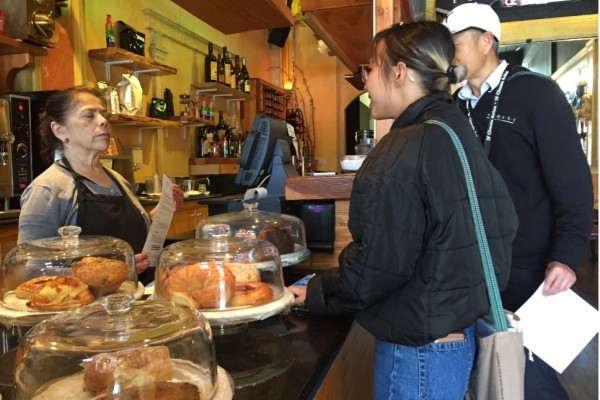Everyone in San Francisco is required to separate their recyclables, compostables, and trash. Learn more about San Francisco’s Mandatory Recycling and Composting Ordinance.
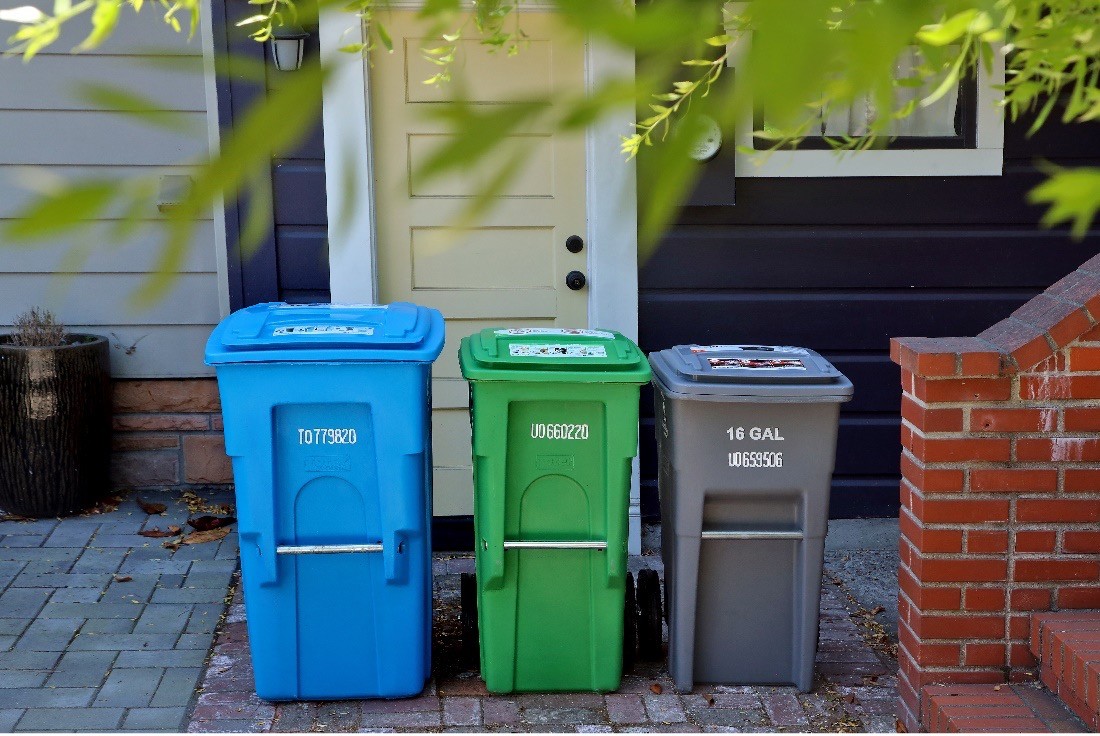
How to comply:
Follow these steps to comply with the Mandatory Recycling and Composting Ordinance passed by the City and County of San Francisco in 2009.
Step 1: Assess and get adequate refuse collection services
- Adequate refuse service is when there is enough capacity for all the recyclable, compostable, and trash material generated at all times.
- Use Recology’s on-site refuse assessment form to assess each refuse stream: recycling, compost, and trash. Familiarize yourself with your properties refuse streams to determine opportunities for waste reduction.
- Determine if you need to change the size of your refuse bins and/or frequency of pickups per week. Contact Recology at (415) 330-1300 or customerservice@recologysf.com for assistance on right-sizing your service.
- Explore sustainable options that could prevent or minimize waste.
Step 2: Set up indoor bins efficiently
Convenience is key
- Keep indoor recycling, compost, and trash containers together so that it is equally convenient to dispose of all three streams.
- Use color-coded bins
- Use green for compost, blue for recycling, and black or gray for trash.
- For restrooms, it is recommended to only have a compost bin labeled “Paper towels only”.
- Select the appropriate liners for the containers.
- For compost bins, use BPI certified compostable plastics bags or paper bags for compost collection. Visit www.bpiworld.org for a list of certified products.
- All recyclables must be loose, dry, and clean in the blue Recology collection container.
- The property may use clear plastic bags or paper bags to capture recyclables generated inside the business. If the property is using clear plastic bag liners, then all recyclables must be placed into the blue bin and the plastic liner disposed of in the trash. No plastic liners are accepted in the blue recycling containers.
Signage and stickers
- Properly label centralized refuse stations.
- Download signage and/or customize your own with the Signmaker tool.
- For stickers, contact Recology at (415) 330-1300 or customerservice@recologysf.com
Step 3: Source-separate materials into proper bins
- Learn how to compost and recycle on SFRecycles.org.
- Save money on your Recology bill by recovering all possible material to recycling and compost from the landfill. Customers are charged more when they dispose refuse in the landfill stream. Contact Recology at (415) 330-1300 or customerservice@recologysf.com for more information on how you can achieve a diversion discount.
Step 4: Educate and monitor
- Communicate best practices to keep all three streams clean.
- Share resources on what-goes-where with anyone who shares your service
- Remind them that e-waste, hazardous waste, and other toxic products do not belong in the recycling, composting, or trash streams.
- Regularly check bins to ensure materials are sorted correctly and provide feedback and identify areas of improvement.
- Explore sustainable options like buying in bulk or using reusable and durable items as opposed to single-use or disposables to help reduce the amount of refuse you generate.
Step 5: Annual reminder of requirements
- Each property in San Francisco is required to communicate source-separation requirements and provide resources every year.
- Inspect bins to ensure signage is up-to-date and that bins are placed in convenient locations.
- Keep up with best practices for source-separation.
The Environment Department strives to educate and assist. Please complete the SF Zero Waste policies compliance form to sign up your multi-family building that might need extra assistance or a reminder of the requirements.
